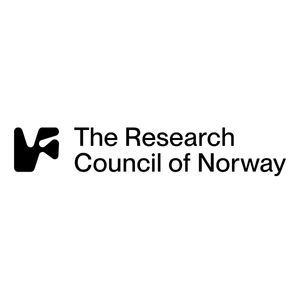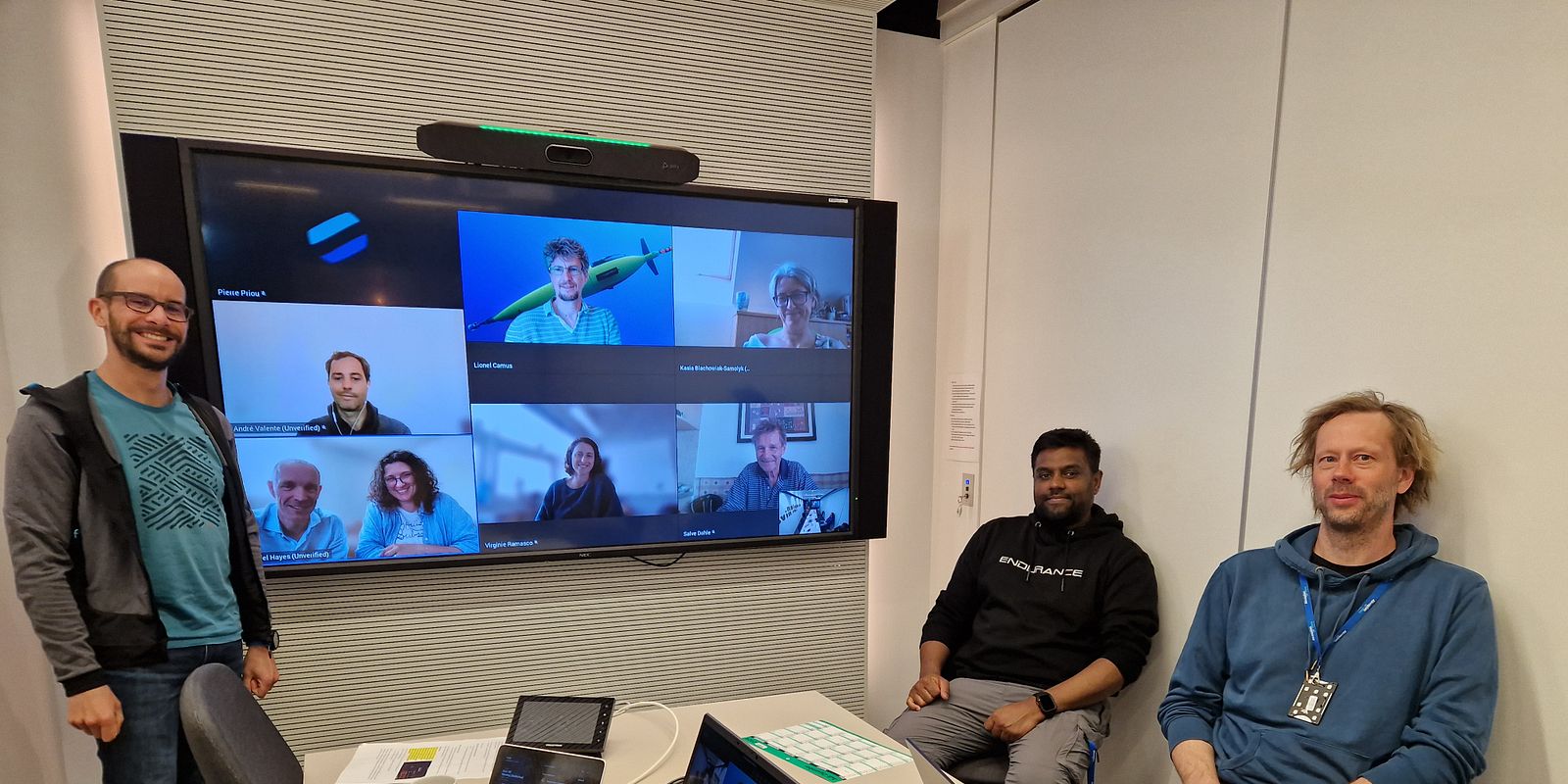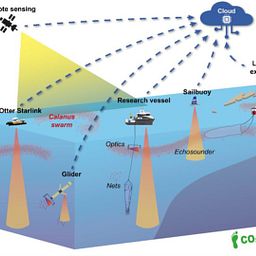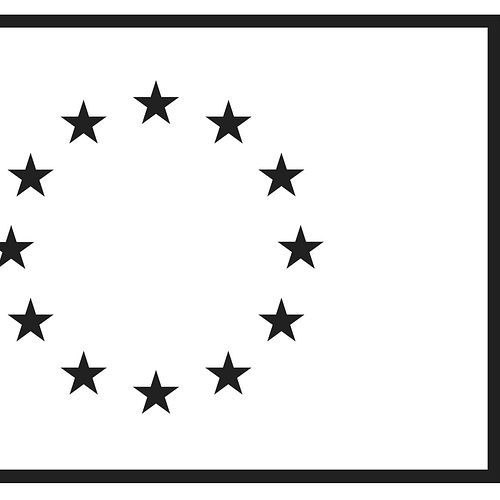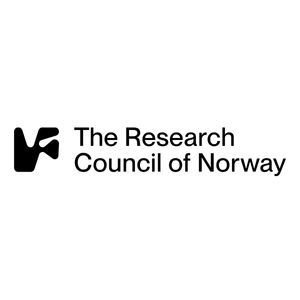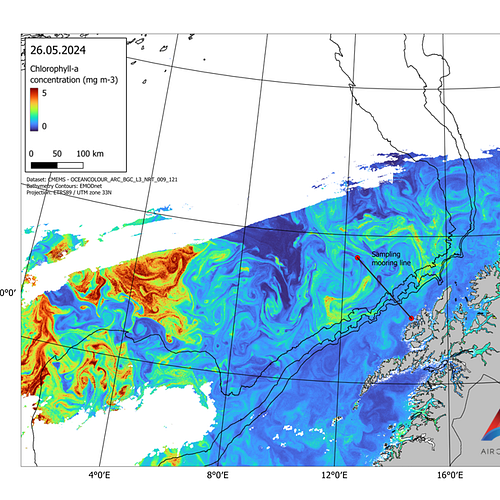28 May 2024 press release
Yesterday was the kick-off for the CliN-BluFeed project funded by Horizon Europe, Sustainable Blue Economy Partnership (SBEP). This was a hybrid meeting and all partner institutions participated. There was a thorough go through of the many and important tasks in the project. Not least there was a focus on the upcoming scientific cruise to the Lofoten and Vesterålen area on which there will be important data collected for the project. For data collection the team will apply novel data sampling technologies like the autonomous vehicles a Sailbuoy, developed by Offshore Sensing, that will be rigged with an echosounder (EK80) and two Seagliders™, deep-diving Autonomous Underwater Vehicles (AUVs). One of the Seagliders™ carries an advanced imager, UVP6, and EK80 following the integration of the sensors during the BIOGLIDER project (EU MATERA ERA NET Co-fund). The second Seagliders™ carries a PAR sensor (light) and sensors for physical oceanography. The sailbuoy will be operated by Akvaplan-niva and the seaglider by Cyprus Subsea Consulting and Services (C.S.C.S.).
The full title of the CliN-BluFeed project is "A low-CO2 smart autonomous multiplatform system to monitor and forecast Calanus finmarchicus stock - a new sustainable climate-neutral blue fish feed". The project is led by Digital Manager at Akvaplan-niva, Lionel Camus, and partners are Cyprus Subsea Consulting and Services (C.S.C.S.), AIR Centre - Atlantic International Research Centre (Portugal), IOPAN (Poland) and Alfred Wegener Institute (Germany).
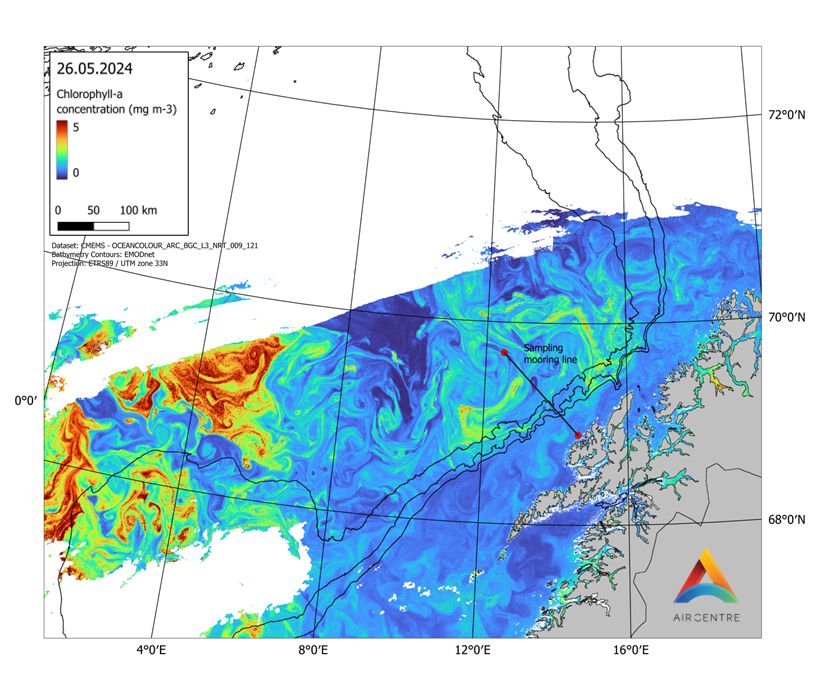
Project partner AIR Centre - Atlantic International Research Centre prepares satelite images as part of the cruise preparation. Here is a image showing chlorophyll different abundances in the ocean outside the Lofoten Islands (Credit: The AIR Centre).
The primary objective of the project is to develop methodologies that advance the Norwegian Sea Calanus fishery as a climate-neutral blue resource for the aquaculture industry by harnessing the potential of cutting-edge, autonomous marine monitoring technologies coupled with remote sensing, artificial intelligence (AI), simulation modelling, and experimental investigations. The Calanus is an attractive feed source as it contains important fatty acids of great importance to fish health in salmon farming.

